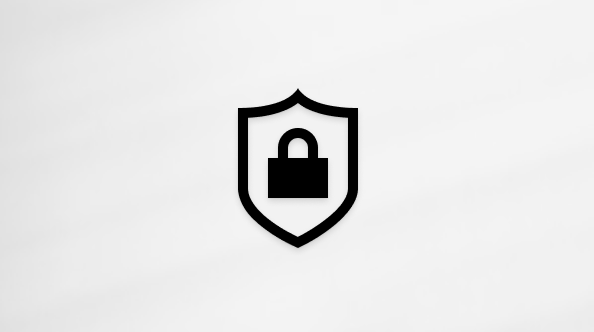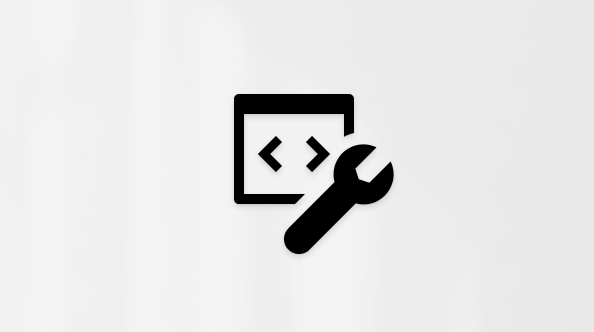July 8, 2025—KB5062561 (OS Build 10240.21073)
Applies To
Release Date:
7/8/2025
Version:
OS Build 10240.21073
Windows Secure Boot certificate expiration
Important: Secure Boot certificates used by most Windows devices are set to expire starting in June 2026. This might affect the ability of certain personal and business devices to boot securely if not updated in time. To avoid disruption, we recommend reviewing the guidance and taking action to update certificates in advance. For details and preparation steps, see Windows Secure Boot certificate expiration and CA updates.
Windows updates do not install Microsoft Store application updates. If you are an enterprise user, see Microsoft Store apps - Configuration Manager. If you are a consumer user, see Get updates for apps and games in Microsoft Store.
Support for Windows 10 has ended on October 14, 2025
After October 14, 2025, Microsoft will no longer provide free software updates from Windows Update, technical assistance, or security fixes for Windows 10. Your PC will still work, but we recommend moving to Windows 11.
Summary
This security update includes fixes and quality improvements that were a part of the following update:
The following is a summary of the issues that this update addresses. The bold text within the brackets indicates the item or area of the change we are documenting.
-
[Internal Windows OS] This update contains miscellaneous security improvements to internal Windows OS functionality. No specific issues are documented for this release.
For more information about Windows 10, version 1507, see its update history page.
For information about Windows update terminology, see the article about the types of Windows updates and the monthly quality update types.
Known issues in this update
Microsoft is not currently aware of any issues with this update.
How to get this update
Before you install this update
To install any Windows 10, version 1507 cumulative update released on or after January 14, 2025, you must first install the latest Servicing Stack Update (SSU). If your device or offline image does not have the latest SSU installed, you cannot install this update.
Caution Until you install the SSU, this update will not be offered to your device. To reduce your security risk, install the SSU as soon as possible.
-
If you use Windows Update, the latest SSU (KB5058527) will be offered to you automatically. After the latest SSU is installed, you will be able to install this update.
-
If you use Windows Update for Business, the latest SSU (KB5058527) will be offered to you automatically. After the latest SSU is installed, you will be able to install this update.
-
If you use the Update Catalog, you must download and install the latest SSU (KB5058527). After the latest SSU is installed, you will be able to install this update.
-
If you are a Windows Server Update Services (WSUS) administrator, you must approve SSU KB5058527 and this update KB5062561.
For general information about SSUs, see Servicing stack updates and Servicing Stack Updates (SSU): Frequently Asked Questions.
Install this update
To install this update, use one of the following Windows and Microsoft release channels.
|
Available |
Next Step |
|
|
This update will be downloaded and installed automatically from Windows Update and Microsoft Update. |
|
Available |
Next Step |
|
|
This update will be downloaded and installed automatically from Windows Update for Business in accordance with configured policies. |
|
Available |
Next Step |
|
|
To get the standalone package for this update, go to the Microsoft Update Catalog website. For information about how to download and install updates from the Update Catalog, see How to download updates that include drivers and hotfixes from the Windows Update Catalog. |
|
Available |
Next Step |
|
|
This update will automatically sync with Windows Server Update Services (WSUS) if you configure Products and Classifications as follows: Product: Windows 10 Classification: Security Updates |
File information
A list of the files that are included in this update are provided in a CSV (Comma delimited) (*.csv) file. The file can be opened in a text editor such as Notepad or in Microsoft Excel.












